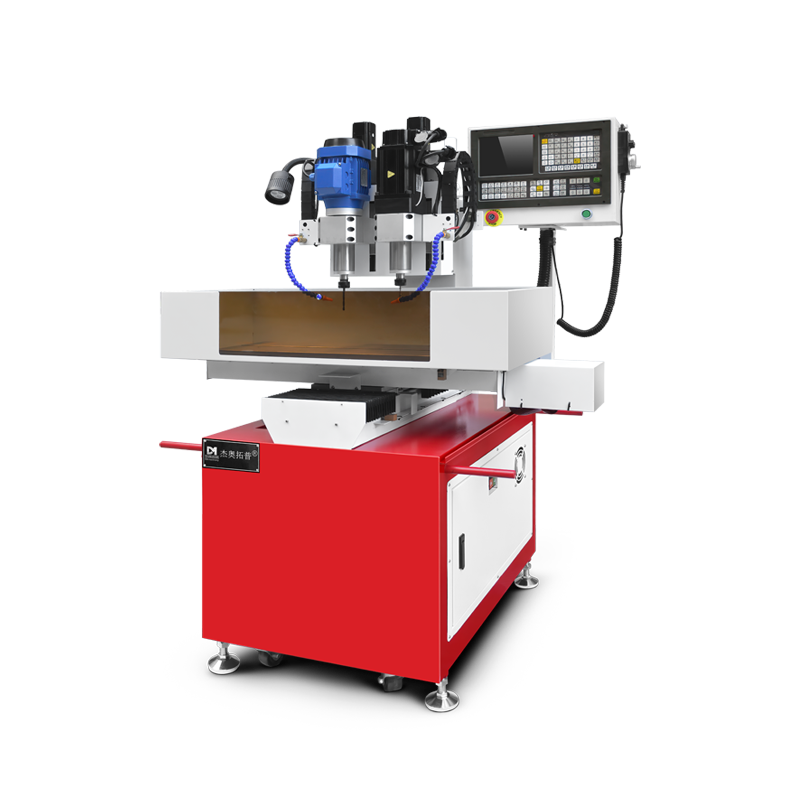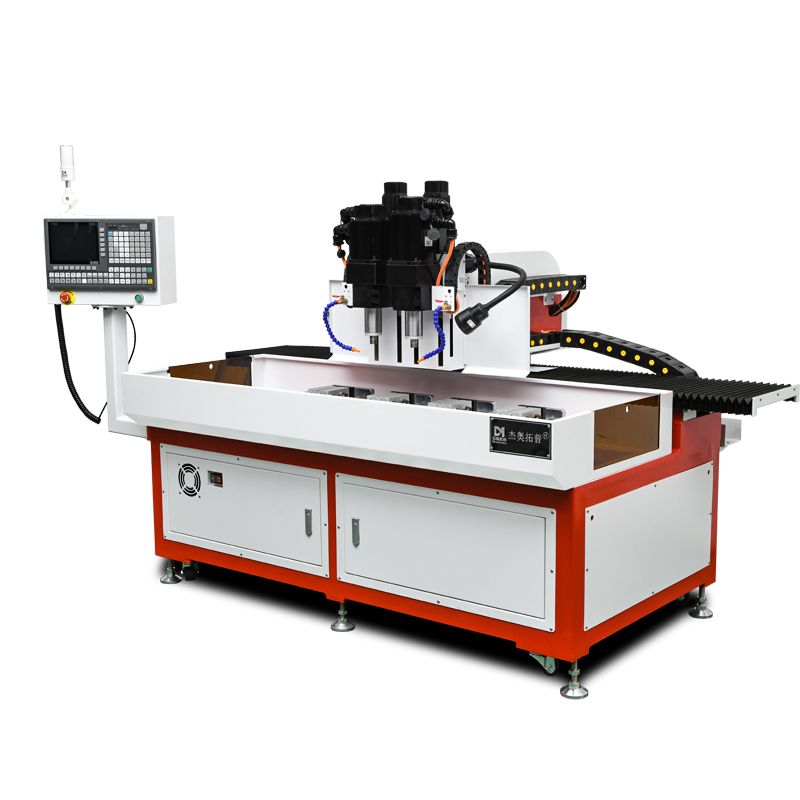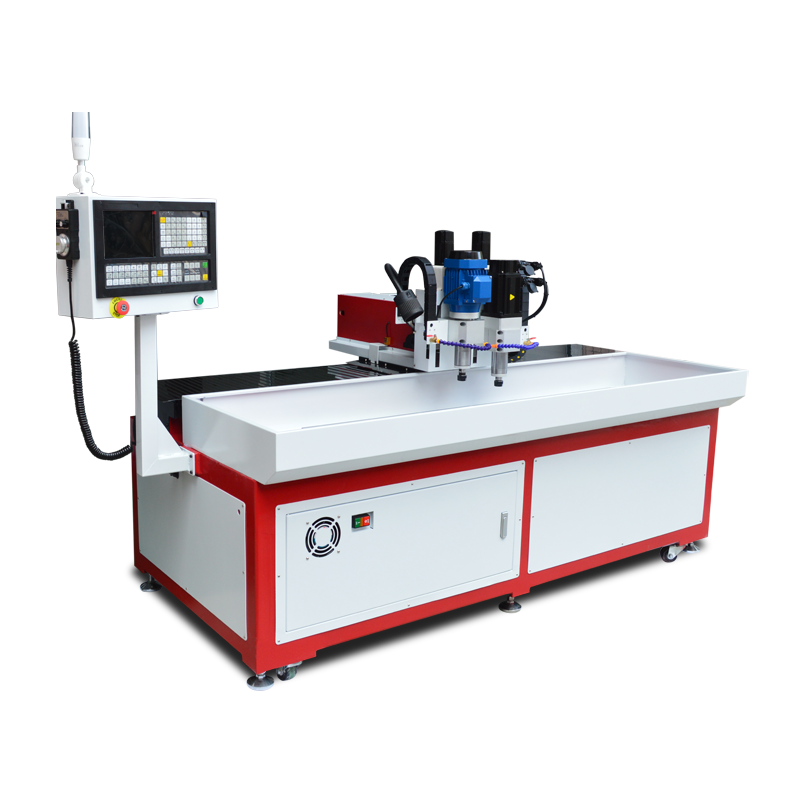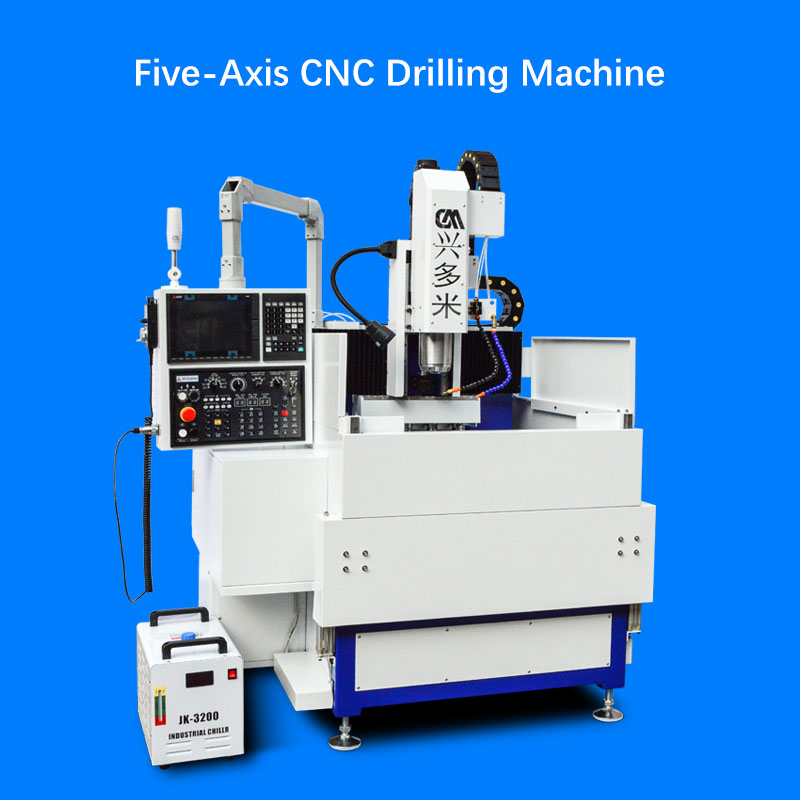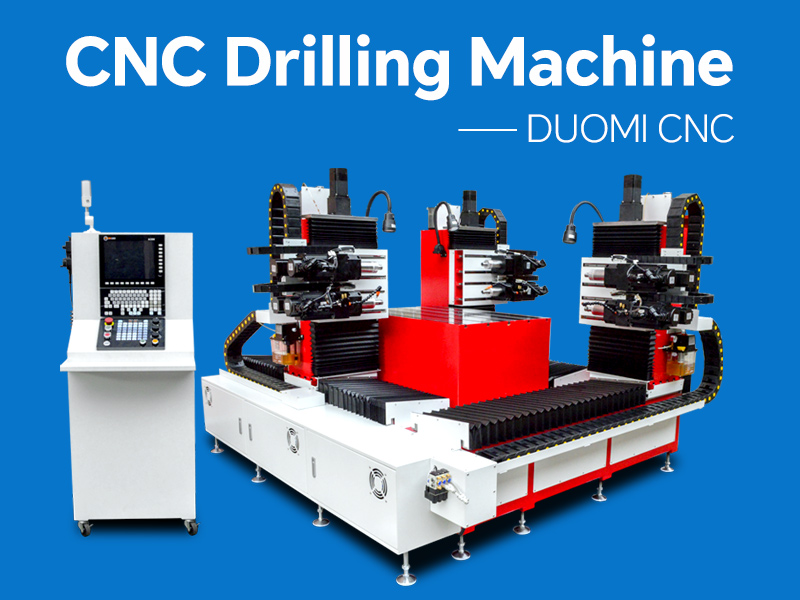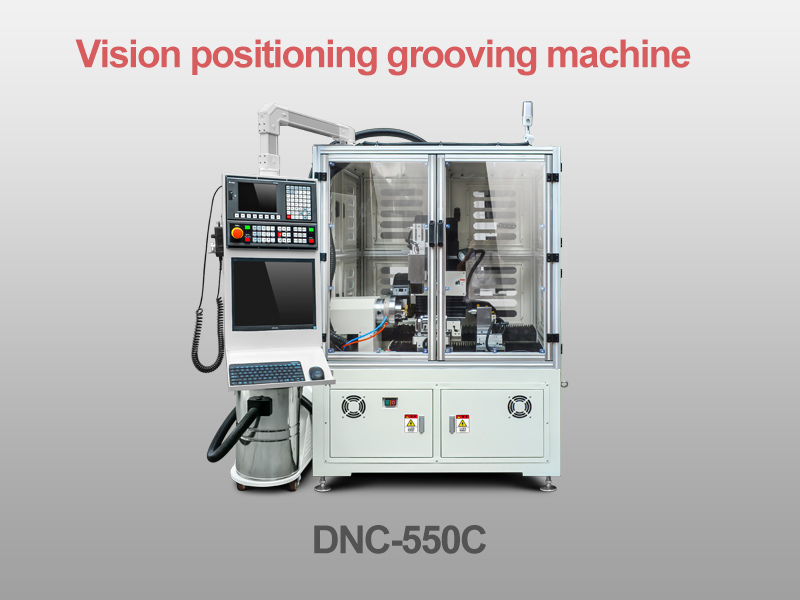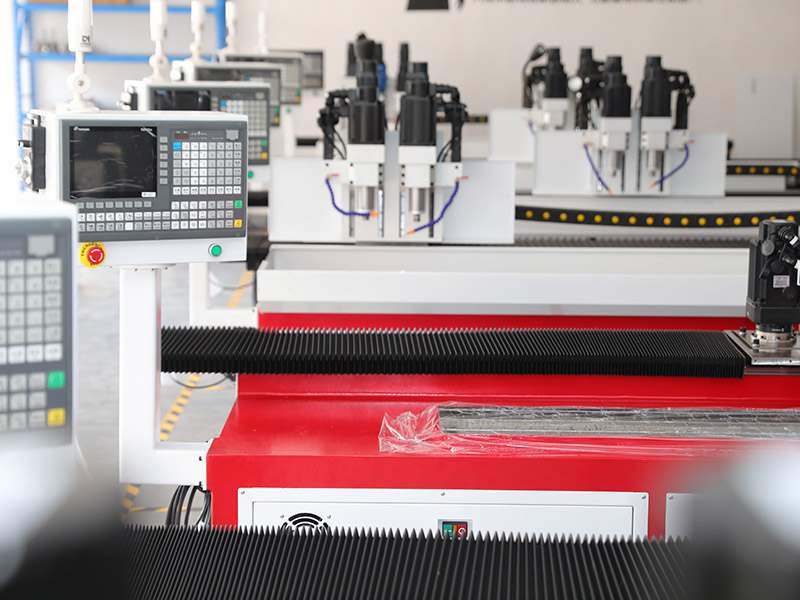Introduction
Flowdrill is an advanced thermal drilling technology used to create strong, threaded holes in thin-walled materials. Unlike conventional drilling, which removes material, Flowdrill utilizes frictional heat to displace and reform the material, creating a reinforced hole with increased strength. This process is widely used in automotive, aerospace, construction, and other industrial applications requiring durable and high-quality connections.
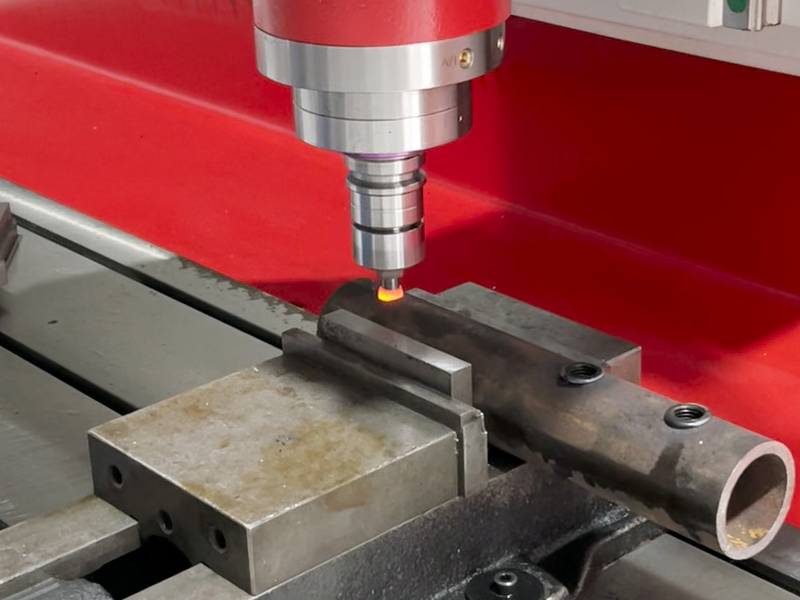
How Flowdrill Works
The Flowdrill process involves a tungsten carbide drill bit rotating at high speeds and applying pressure to the workpiece. The friction between the bit and the material generates intense heat, softening the material without cutting it. As the tool penetrates, it displaces material downward and outward, forming a cylindrical bushing around the hole. This elongated collar can then be tapped to create internal threads, significantly improving load-bearing capacity.
Advantages of Flowdrill Technology
Enhanced Strength and Durability
The formed bushing increases thread engagement length, improving joint strength.
Work-hardened edges provide better resistance to wear and tear.
Material and Weight Savings
Eliminates the need for additional fasteners such as inserts or rivets.
Enables the use of thinner materials while maintaining structural integrity.
Increased Efficiency
Faster than conventional drilling and tapping processes.
Produces clean, burr-free holes, reducing secondary finishing operations.
Eco-Friendly Process
No chips or waste material generated during drilling.
Reduces reliance on consumable fastening components.
Applications of Flowdrill
Automotive Industry: Used for manufacturing lightweight yet strong vehicle components, such as chassis and exhaust systems.
Aerospace: Applied in aircraft structures requiring high-strength connections.
Construction and Metal Fabrication: Ideal for structural frames, railings, and enclosures where traditional fastening is impractical.
Electronics and Machinery: Used in enclosures and machine assemblies that demand precise and robust fastening solutions.
Conclusion
Flowdrill technology offers a superior alternative to traditional drilling and fastening methods, providing increased strength, efficiency, and sustainability. Its ability to create high-quality threaded connections in thin materials makes it an essential technique across various industries. As advancements continue, Flowdrill is poised to further enhance manufacturing capabilities and improve the durability of modern structures and components.




